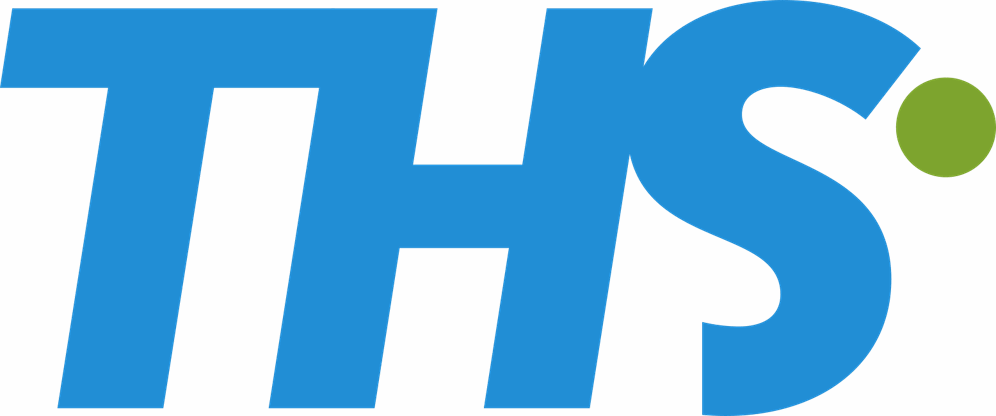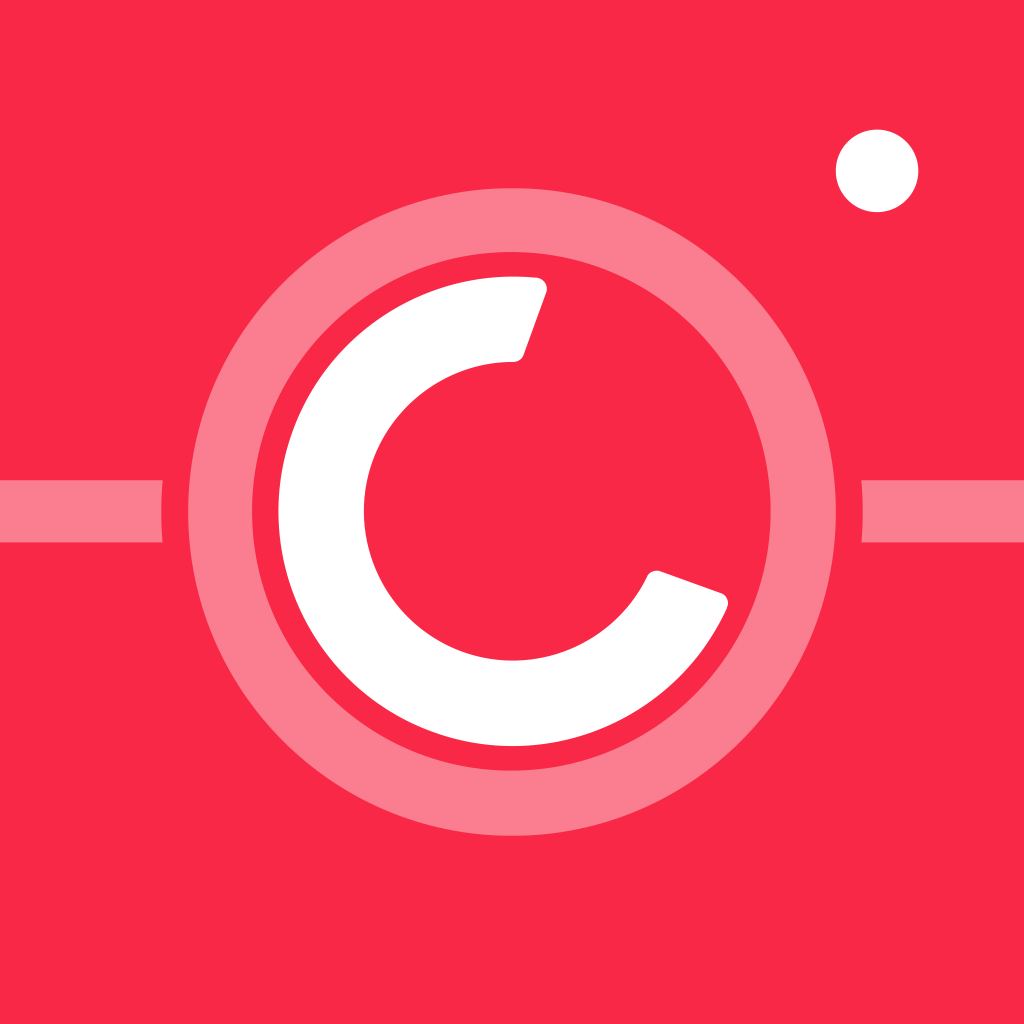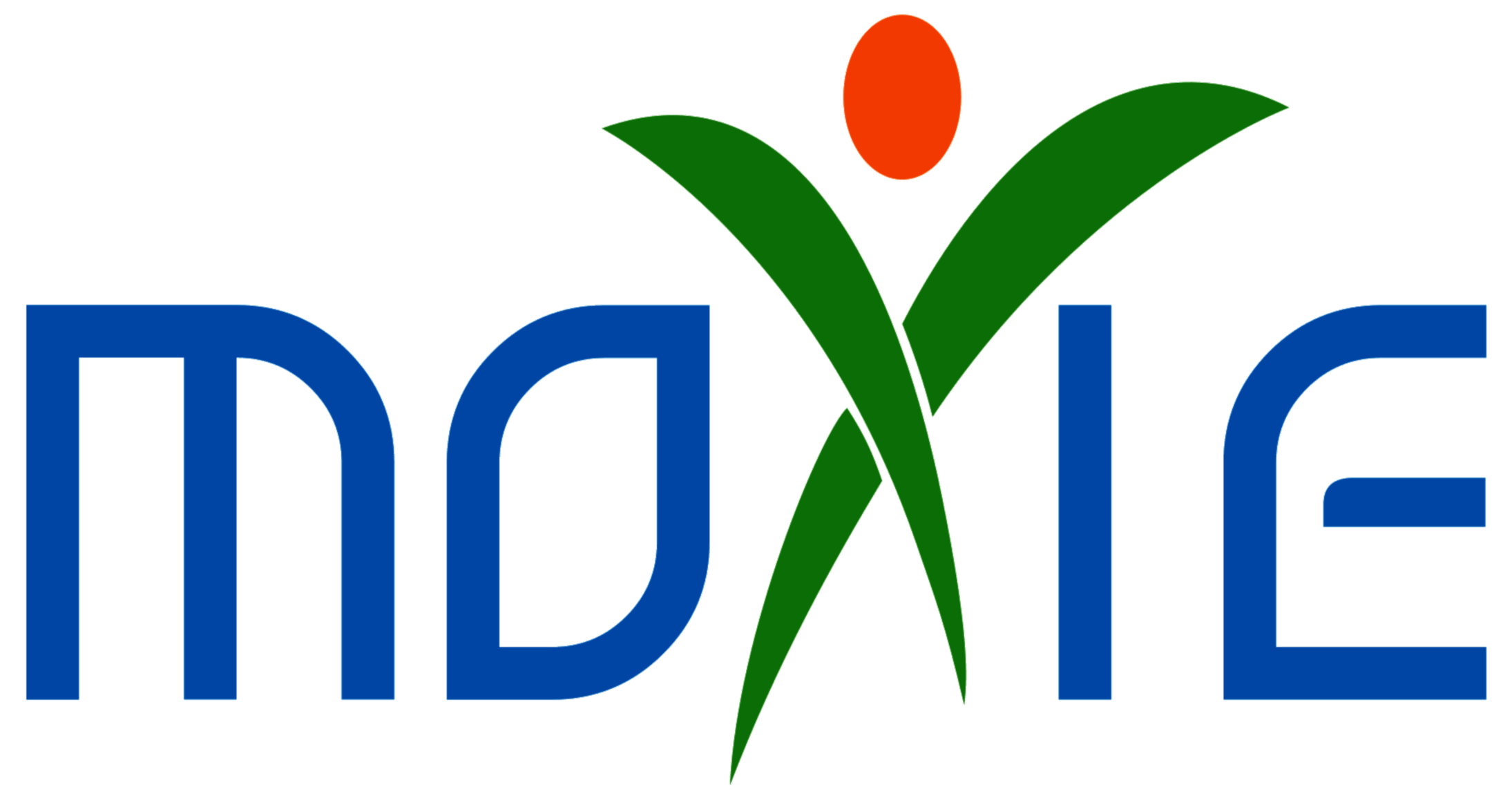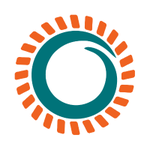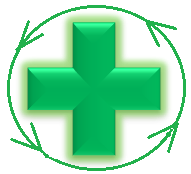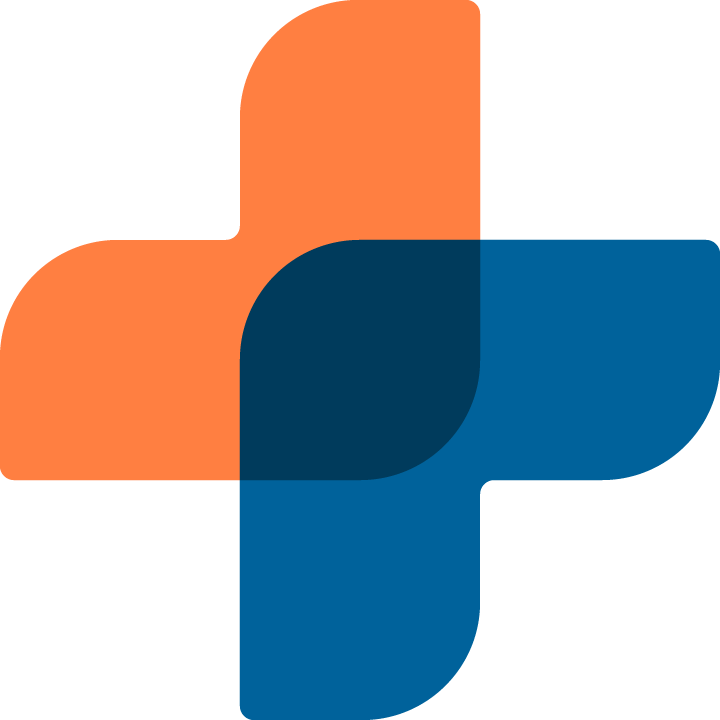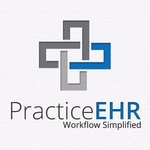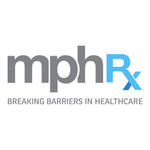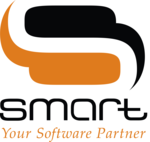What Is Electronic Medical Records (EMR) Software?
A sort of computerized system called electronic medical records (EMR) software, sometimes referred to as electronic health records (EHR) software, is made to store, manage, and distribute patient medical data in a digital format. Healthcare providers including hospitals, clinics, and private practices use this software to store and retrieve patient records, including lab results, imaging reports, treatment plans, medication lists, medical histories, and diagnoses.
Data integration is a key component of EMR software that enables real-time access and updating of patient records by healthcare professionals, wherever they may be. This lowers the possibility of mistakes and duplications in patient records while also increasing efficiency. Using EMR software has several advantages, such as better patient record accuracy and legibility, more efficient patient care, and lower expenses and storage space.
To further simplify administrative duties for healthcare practitioners, EMR software frequently incorporates capabilities like e-prescribing, appointment scheduling, and billing. Additionally, EMR software is essential for improving patient communication and participation. Online access to medical records, appointment scheduling, and automated reminders for medicine refills or follow-up appointments are all available to patients.
Important characteristics to consider when buying EMR software include connectivity with other systems and devices, customizable templates for various medical specializations, data security, and adherence to industry standards. To guarantee a seamless transition and the best possible use of the program, it's also critical to take into account the training and support provided by the software vendor.
What Are The Recent Trends In Electronic Medical Records (EMR) Software?
A few significant factors are influencing the development of EMR software as electronic medical records (EMR) proliferate in the healthcare sector. When comparing various EMR software choices, consumers should take these tendencies into account. The following are current EMR software trends:
1. Cloud-Based EMR: One of the biggest trends in EMR software is the move to cloud computing. Since cloud-based EMR solutions are more scalable, accessible, and affordable than traditional on-premise systems, many healthcare organizations are now choosing them.
2. Interoperability: As digital healthcare has grown, it is now essential that various systems work together. For effective and cooperative patient care, EMR software with integrated data exchange and communication features with other healthcare systems is becoming more and more crucial.
3. capabilities Related To Patient Interaction: EMR software is adjusting to the current trend of patient engagement by providing capabilities like digital appointment scheduling, secure messaging, and patient portals. These characteristics not only increase patient happiness but also support healthcare professionals in providing effective, individualized treatment.
4. Artificial Intelligence (AI): AI has advanced significantly in the healthcare industry in recent years, and EMR software is integrating AI capabilities to enhance jobs like diagnosis, coding, and documentation. In the end, AI-powered solutions can improve patient outcomes and lessen administrative load by analyzing vast volumes of data and producing insightful forecasts.
5. Mobile Compatibility: EMR software is getting more mobile-friendly as mobile technology advances. This improves flexibility and productivity by enabling healthcare providers to access patient records and record encounters while on the go.
6. Data Security And Privacy: EMR software providers are giving data security and privacy features top priority as the healthcare sector grows more conscious of the significance of safeguarding patient data. Seek out EMR software that has strong security features like high-level user authentication and encrypted data storage.
7. Customization And Flexibility: EMR software is now providing more customization possibilities to meet the specific needs of healthcare organizations, each of which has its own processes and needs. Seek out software that enables workflows, template customization, and system integrations.
Benefits Of Using Electronic Medical Records (EHR) Software
Software for electronic medical records, or EMRs, has completely changed how healthcare providers handle and arrange patient data. Numerous advantages provided by this digital technology have greatly increased the efficacy and efficiency of healthcare delivery. First and foremost, paper-based records—which can be laborious, prone to errors, and easily lost—are no longer necessary when EMR software is used. Healthcare professionals can quickly access patient data via electronic records, which saves time and lowers the possibility of human error.
Better coordination and communication amongst medical personnel is another benefit of EMR software. Doctors, nurses, and other medical professionals can all access patient records at the same time with a centralized digital system, which facilitates treatment plan collaboration and enhances patient outcomes. Additionally, EMR software has sophisticated data storage and security features that guarantee patient data is safe and complies with privacy laws.
In the current digital era, where data breaches and cyber threats are a continual worry, this is extremely important. EMR software's capacity to raise the standard of care is yet another important advantage. Healthcare professionals can make better decisions and customize treatment programs to meet the specific needs of each patient if they have access to thorough patient data.
Higher patient satisfaction and improved health outcomes are the effects of this. Additionally, administrative duties like appointment scheduling, billing management, and report generation can be streamlined with EMR software. This enables medical professionals to concentrate on what really counts: giving their patients high-quality treatment.
Important Factors To Consider While Purchasing Electronic Medical Records (EMR) Software?
To make the greatest choice for your healthcare practice, it is essential to take into account a number of significant factors while choosing Electronic Medical Records (EMR) software. A dependable and effective EMR system is crucial for delivering high-quality patient care and upholding regulatory compliance as the healthcare sector continues to digitize. I've identified the most important things to look for when buying an EMR program because I'm a skilled content writer.
1. System Characteristics: Determining the precise characteristics your practice requires is the first step in selecting an EMR program. Seek out an EMR system that provides tools for e-prescribing, billing and coding, appointment scheduling, customized templates, and a patient portal for convenient communication. Prioritize the things on your list according to the requirements of your practice.
2. Interoperability: Interoperability is now essential due to the growing usage of technology in healthcare. For smooth patient information sharing, the EMR software should be able to interface with other systems, including labs and pharmacies. This will increase productivity and lower patient care errors.
3. User-Friendliness: Since your employees will be utilizing the EMR software on a daily basis, it is imperative that you select a system with an intuitive user interface. The program should be simple to use and understand, saving time and effort during training and boosting output.
4. Training And Support: The EMR software should have sufficient training and support in addition to an intuitive user interface. Seek out a supplier that provides thorough training for your employees as well as round-the-clock technical assistance to resolve any potential problems.
5. Security And Compliance: Since EMR systems hold private patient data, data security is of utmost importance. Verify that the program complies with HIPAA rules and has strong security features, such as activity logs, access limits, and data encryption.
6. Cloud-Based vs. On-Premise: You must choose between an EMR system that is on-premises or cloud-based. On-premise systems provide more control over data protection and customisation, but cloud-based systems are more accessible and flexible.
7. Scalability: Select an EMR program that can grow with your clinic, taking into account your expanding patient volume and data requirements. By doing this, you will save the trouble and costs associated with further system changes.
8. Cost: Although price shouldn't be the sole determining factor, it is important to take your budget and long-term costs like upgrades, maintenance, and support into account. Examine the pricing structures offered by different vendors to determine which one provides the best value. In conclusion, choosing the best EMR software for your clinic is a crucial choice that needs to be carefully thought out. You may choose an EMR system that fits the unique requirements of your business and improves patient care and overall efficiency by keeping these crucial considerations in mind.
What Are The Key Features To Look For In Electronic Medical Records (EMR) Software?
Healthcare practitioners can store, monitor, and analyze patient medical data with the use of Electronic Medical Records (EMR) software. It might be difficult for purchasers to select the best EMR software for their business with so many options on the market. The following are the essential characteristics of EMR software to assist you make an informed choice:
1. All-Inclusive Management Of Patient: Records Effectively managing patient records is one of the primary goals of EMR software. Seek out software that can save a variety of patient data, including lab results, prescriptions, allergies, medical history, and diagnosis. It should also enable real-time record updating and simple access to historical data.
2. Clinical Documentation Templates: That Can Be Customized Clinical documentation templates, including SOAP notes, progress notes, and patient encounter forms, should be modifiable using EMR software. This guarantees uniformity in record-keeping and saves time for healthcare practitioners. It's also essential to be able to modify templates to fit the particular requirements of your practice.
3. Safe Transfer And Storage Of Data: Selecting EMR software that provides safe data storage and transfer is crucial given the growing demand for privacy and security in the healthcare industry. Seek out software with strong security features like audit trails, user authentication, and encryption that adheres to industry standards.
4. System Integration: EMR software can increase productivity and optimize workflow by integrating with other systems, such scheduling and billing software. This lowers the possibility of mistakes and duplicate entries by enabling data sharing between systems.
5. Checking For Drug Interactions: And Allergy Alerts Medication management capabilities in EMR software can notify medical professionals about possible drug interactions and patient allergies. This function can enhance patient safety by preventing dangerous drug interactions.
6. Tools For Decision Support: To help medical professionals make well-informed decisions during patient visits, certain EMR software may feature decision support tools including clinical guidelines and medication formularies. In a busy practice, this tool can enhance decision-making and care quality.
7. Accessibility: on the Go Selecting EMR software that enables remote access to patient records via a mobile device is essential in today's society, as everything is becoming mobile. Providers that need to access patient data while on the go may find this tool useful.
8. Instruction And Assistance: Effective usage of EMR software may necessitate training due of its complexity. To assist you in navigating the system and resolving any potential problems, look for software that provides training and customer assistance.
Why Do Businesses Need Electronic Medical Records (EMR) Software?
Software for Electronic Medical Records (EMR) is a vital resource for companies operating in the healthcare sector. It allows healthcare practitioners to improve the quality of care and expedite their operations by digitally storing, managing, and organizing patient data. Businesses require electronic medical records software for the following four main reasons:
1. Increased Productivity and Efficiency: EMR software reduces time-consuming chores like filing and sorting by doing away with the requirement for physical paper records. This frees up healthcare professionals to concentrate on providing high-quality care rather than wasting too much time on administrative duties. Healthcare practitioners can make quicker and better judgments when they have immediate access to patient data, which eventually boosts the company's general productivity and efficiency.
2. Improved Precision And Error Elimination: The purpose of electronic medical records is to lower the possibility of human error. Healthcare practitioners can enter and retrieve data more rapidly and precisely with an EMR system, which lowers the possibility of lost or misplaced records. This contributes to better patient outcomes and increased patient satisfaction by ensuring that patients receive the appropriate care and drugs.
3. Better Interaction And Cooperation: EMR software makes it possible for patients, healthcare professionals, and other stakeholders to collaborate and communicate easily. Healthcare professionals can make more informed judgments about patient care thanks to its real-time updates and convenient access to patient records. This is particularly helpful in emergency scenarios where making decisions quickly is essential.
4. Financial Savings: Over time, organizations can save a lot of money by investing in electronic medical records software. Healthcare providers can save time and money by streamlining procedures, cutting down on paperwork, and increasing efficiency. EMR software can also aid in lowering errors, which can be expensive for companies to fix.
How Much Time Is Required To Implement Electronic Medical Records (EMR) Software?
The size of the healthcare facility, the intricacy of its operations, and the software vendor selected can all affect how long it takes to adopt Electronic Medical Records (EMR) software. The implementation procedure, however, typically takes a few weeks to several months.
The healthcare facility and the software provider must collaborate closely in the early phases of the installation process in order to tailor the system to their unique demands. This could entail entering patient data, creating templates and workflows, and educating employees on the proper usage of the program.
Depending on the scale of the facility and the degree of staff training, the actual go-live phase, when the software is formally released and utilized in day-to-day operations, may take a few weeks to a few months. To guarantee a seamless transition from paper-based to electronic records, it is crucial to give employees enough time to get used to the new system.
It is also important to remember that the go-live phase is not the end of the implementation process. To guarantee that the software keeps working effectively and adapts to the evolving needs of the healthcare facility, ongoing support and maintenance are required. This could entail training on new features and functionalities in addition to recurring updates and upgrades.
What Is The Level Of Customization Available In Electronic Medical Records (EMR) Software?
Software for electronic medical records (EMRs) can be highly customized to meet the unique requirements of healthcare providers. This implies that the program can be modified to satisfy the particular needs of various processes, specialties, and practices. Through customization, customers can adapt their EMR software to suit their tastes, processes, and documentation requirements.
The capacity to design adaptable templates for various encounters and patient visits is one of the main characteristics of EMR software. This enables healthcare professionals to develop thorough, specialty-specific templates for recording patient data and performing examinations. This degree of personalization enhances the patient experience overall while also saving time and guaranteeing correct recording.
EMR software provides the ability to customize alerts, reminders, and notifications in accordance with the workflows and preferences of the providers, in addition to customizable templates. This streamlines the practice's procedures and enhances patient service. Additionally, some EMR software lets users alter the interface's graphic arrangement, which facilitates navigating and accessing often used elements.
Practices with several specialties or providers with different preferences may especially benefit from this. Additionally, it provides the option to customize aspects like patient demographics, medical histories, and problem lists to suit the practice's requirements. Beyond the administrative and documentation features, EMR software offers a high degree of customisation.
To better fit their patient group, some software also lets users modify clinical decision support features like order sets and medication interaction alerts. All things considered, the degree of personalization offered by EMR software enables practitioners to increase efficiency, save time, and customize the treatment they give their patients. Examining the degree of customization choices available to satisfy the particular demands and requirements of the practice is crucial when thinking about an EMR software.
Which Industries Can Benefit The Most From Electronic Medical Records (EHR) Software?
For healthcare organizations of all sizes, Electronic Medical Records (EMR) software is an essential tool. It provides a methodical and effective approach to managing and storing patient data, like as test results, medications, medical histories, and more. EMR software is a vital investment for healthcare organizations since it keeps improving as technology does. However, which sectors stand to gain the most from EMR software? Let's investigate.
1. Hospitals And Medical Centers: Managing and maintaining patient data by hand is difficult in hospitals and medical centers because of the high patient volume they see on a daily basis. By digitizing patient records and facilitating rapid and simple access to vital information, EMR software expedites this procedure. This lowers the possibility of mistakes in patient care while also increasing efficiency.
2. Clinics And Small Offices: EMR software has a lot to offer clinics and small offices as well. EMR software helps these smaller clinics deliver better medical care by enabling the creation of thorough patient charts, appointment scheduling, and bulk reminders. Additionally, it simplifies administrative duties and cuts down on paperwork, freeing up healthcare professionals to concentrate more on patient care.
3. Long-Term Care Facilities: EMR software can also be advantageous for long-term care facilities, including assisted living and nursing homes. EMR software makes it possible for different team members to coordinate effectively when dealing with a large number of patients who have complicated medical histories, which raises the standard of treatment overall. Additionally, it lowers the possibility of medical errors and guarantees a seamless billing process.
4. Mental Health Facilities: By making it easier to manage patient data and treatment plans, EMR software can be extremely helpful to mental health facilities. EMR software increases these facilities' overall efficiency with capabilities including note-taking, appointment scheduling, and result tracking. Additionally, it guarantees the confidentiality and security of important patient data.
5. Government Healthcare Agencies: In charge of maintaining public health records, government healthcare agencies now depend heavily on EMR software. EMR software is essential for enhancing general community health since it can track population health trends and keep an eye on disease outbreaks. Additionally, it facilitates effective communication between government organizations and healthcare practitioners and expedites the collecting of data.
Conclusion
It is clear that investing in Electronic Medical Records (EMR) software can significantly improve your medical practice after taking into account its many features and benefits. In addition to improving patient care and efficiency, it also lowers expenses and streamlines processes. But with so many options on the market, it's crucial to carefully consider your demands and select software that fits both your objectives and your budget.
Researching and contrasting several EMR programs in-depth is essential before choosing one, taking into account aspects like customer service, security features, customization possibilities, and ease of use. The software's ease of integration and interoperability with your current systems should also be considered.
To learn more about actual user experiences, it's also a good idea to read reviews and ask other medical experts for advice. You can increase patient satisfaction, streamline your process, and cut down on paperwork with the correct EMR software. The long-term success of your medical practice may be greatly impacted by this investment. In order to keep ahead of the curve in the quickly changing healthcare sector, carefully consider your options and make an informed choice.



